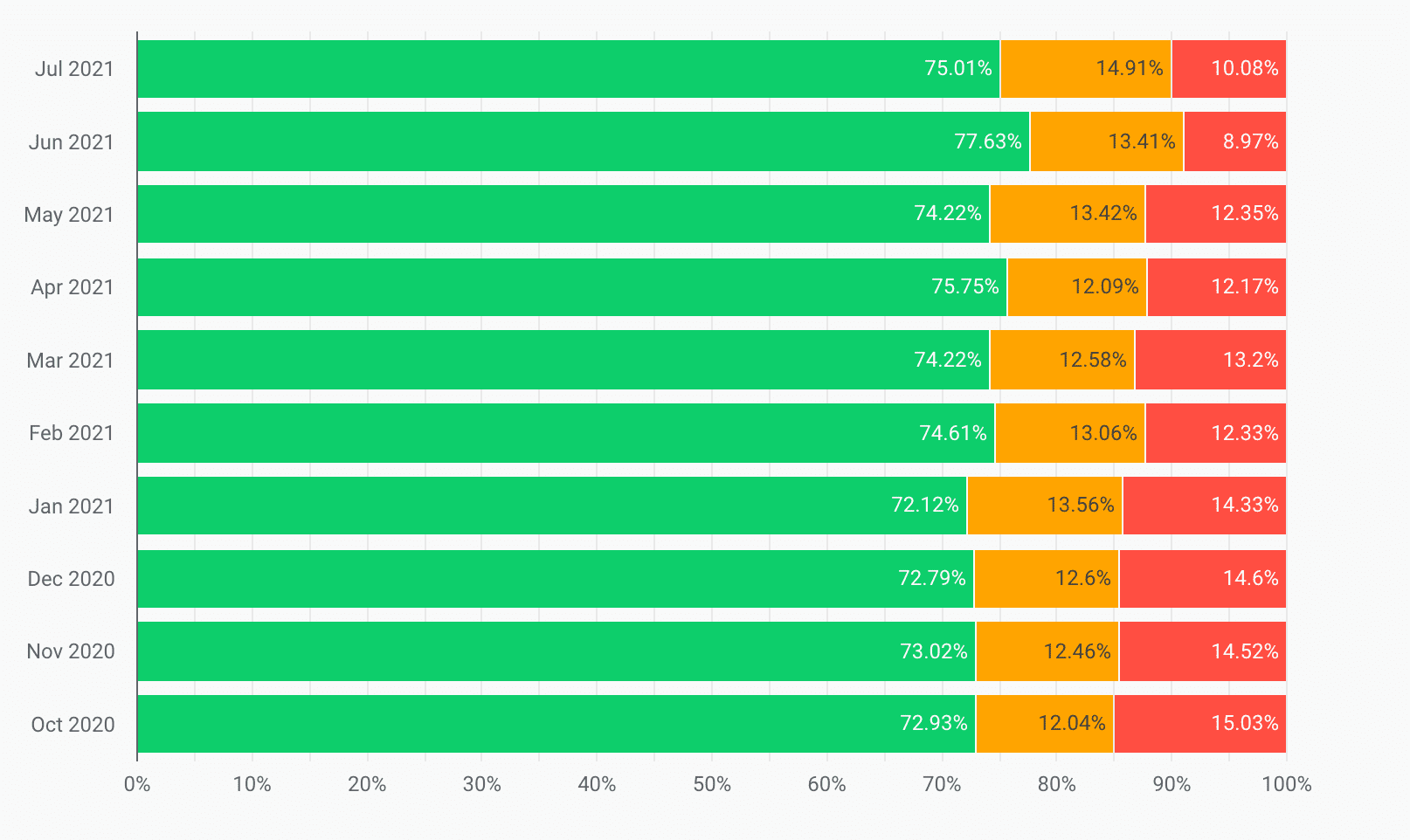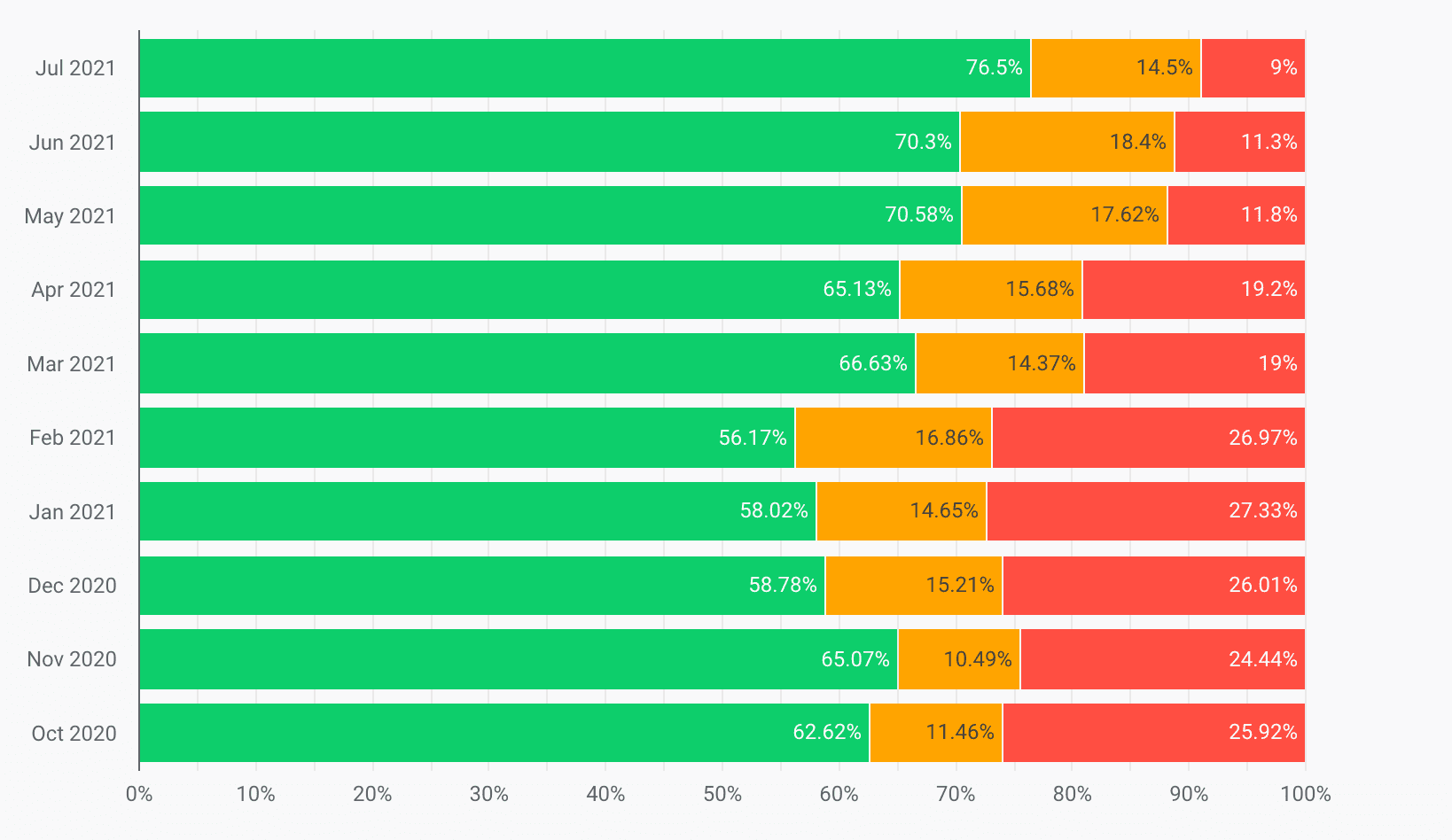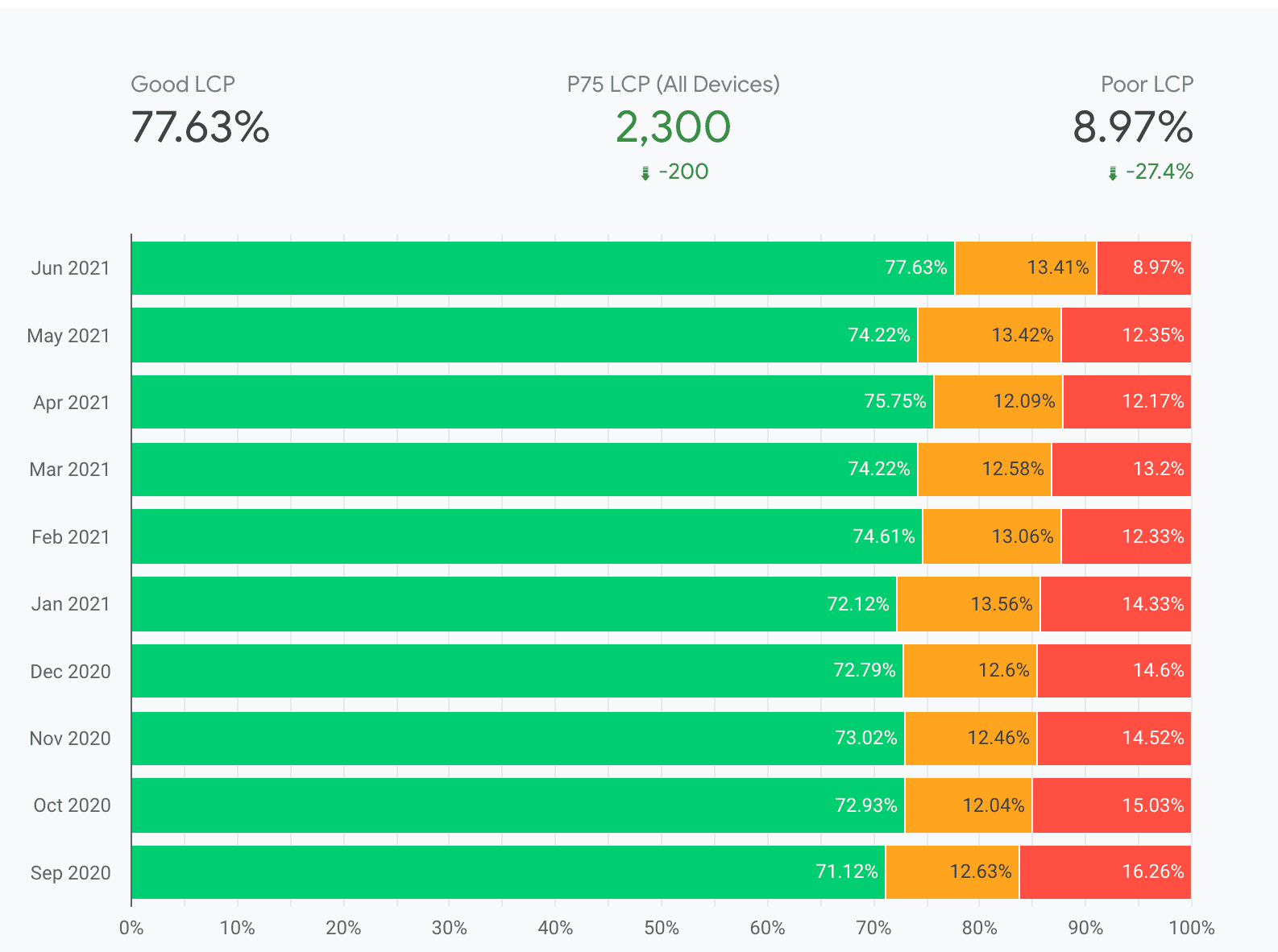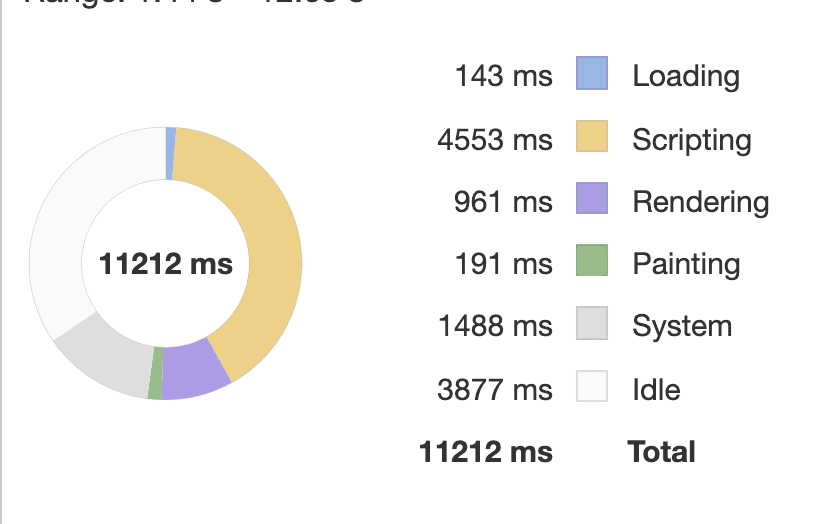Optimizing Core Web Vitals on The Economic Times website significantly improved the user experience and substantially reduced bounce rate across the entire website.
With internet speeds improving day-by-day, users expect websites to respond and behave faster than ever. The Economic Times handles over 45 million monthly active users. By optimizing for Core Web Vitals across the domain, on AMP and non-AMP pages, we managed to significantly reduce bounce rates and improve the reading experience.
Measuring the Impact
We focused on Largest Contentful Paint (LCP) and Cumulative Layout Shift (CLS), as they matter the most when it comes to providing a great reading experience to our users. After implementing various performance fixes as described below, The Economic Times managed to improve Chrome User Experience (CrUX) report metrics significantly within a few months.
Overall, CLS improved by 250% from 0.25 to 0.09. Overall, LCP improved by 80% from 4.5 seconds to 2.5 seconds.
Further, LCP values in the "Poor" range were reduced by 33% from October 2020 to July 2021:

Additionally, CLS values in the "Poor" range were reduced by 65%, and CLS values in the "Good" range increased by 20% in the same timeframe:

The result was that The Economic Times—which was previously not meeting Core Web Vitals thresholds—now passed Core Web Vitals thresholds across its entire origin and reduced bounce rates by 43% overall.
What is LCP and how did we improve it?
The largest element is the most relevant one for improving user experience and recognizing load speed. Performance metrics like First Contentful Paint (FCP) only capture the very initial experience of page loading. On the other hand, LCP reports the render time of the largest image, text or video section visible to the user.
In addition to switching to a faster DNS provider and optimizing images, here are some of the techniques we applied we covered to improve LCP.
Critical requests first
As all modern browsers limit the concurrent number of requests, developers need to prioritize loading the critical content first. To load a complex web page we need to download assets such as header elements, CSS, JavaScript resources, hero image, article body, comments, other related news, footer, and ads. We evaluated what elements were required for LCP, and provided the preference to load those items first to improve LCP. We also deferred the calls that were not part of the initial page rendering.
Text appearance
We experimented with the font-display property as this impacts both LCP and CLS. We tried font-display: auto; and then switched to font-display: swap;. This renders the text initially in the best matching and available font, then switches to the font when it has been downloaded. This resulted in our text rendering quickly, independent of network speed.
Better Compression
Brotli is an alternative compression algorithm to Gzip and Deflate developed by Google. We replaced our fonts and assets and changed server compression from Gzip to Brotli to achieve a smaller footprint:
- Javascript files are 15% smaller than with Gzip.
- HTML files are 18% smaller than with Gzip.
- CSS and font files are 17% smaller than with Gzip.
Preconnect to third-party domains
preconnect should be used carefully as it can still take up valuable CPU time, and delay other important resources, especially on secure connections.
However, if it's known that a fetch for a resource on a third-party domain will occur, preconnect is good. If it only happens occasionally on a high traffic website, preconnect might trigger unnecessary TCP and TLS work. Thus dns-prefetch was a better fit for third-party resources—for example, social media, analytics, etc.—to perform DNS lookups ahead of time.
Break up code into chunks
In the site's head, we only loaded those resources which contain either an essential part of the business logic or were critical for above the fold page rendering. Furthermore, we split our code into chunks with code splitting. This helped us to further improve page LCP.
Better caching
For all the front-end routes, we added a Redis layer which served templates from the cache. This reduces the computation time on the server and builds the whole UI in each request, thus decreasing LCP in subsequent requests.
Summarizing LCP Goals and achievements
Before beginning the optimization project, the team benchmarked their LCP score at 4.5 seconds (for the 75th percentile of their users, based on CrUX report field data). After the optimization project, it was reduced to 2.5 seconds.

What is CLS and how did we improve it?
Have you ever noticed any unexpected movement of page content while browsing a website? One cause of this is asynchronous loading of media (images, videos, ads, etc.) on the page with unknown dimensions. As soon as media resources load, they shift the layout of the page.
We're going to cover the measures we took to improve CLS on the The Economic Times website.
Use placeholders
We used a styled placeholder for ad units and media elements of known dimensions to avoid layout shifts when the ad library loads and renders page ads. This ensures layout shifts are eliminated by reserving space for the ad.

Defined container dimensions
We specified explicit dimensions for all images and containers so that the browser engine doesn't need to calculate the DOM elements' width and height once they are available. This avoided unnecessary layout shifts and extra painting work.
Summarizing CLS goals and achievements
Before beginning the optimization project, the team benchmarked their CLS score at 0.25. We were able to reduce it significantly by 90% to 0.09.

What is First Input Delay (FID) and how did we improve it?
First Input Delay is the metric that tracks a website's responsiveness to user input. The primary cause of a poor FID score is heavy JavaScript work that keeps the browser's main thread busy, which can delay user interactions. We improved FID in several ways.
Break up long JavaScript tasks
Long tasks are tasks that are 50 milliseconds or longer. Long tasks occupy the browser's main thread and prevent it from responding to user input. We broke up long running tasks into smaller tasks where possible on user request, which helped to reduce the Javascript bloat.

Defer unused JavaScript
We prioritized page content over third-party scripts such as analytics to keep the page more responsive. However, there are certain limitations on some libraries since they need to be loaded in the document <head> in order to accurately track the user journey.
Reduce polyfills
We reduced our dependency on certain polyfills and libraries, since browsers provide support for modern APIs, and less users are using legacy browsers, such as Internet Explorer.
Lazy load ads
Lazily loading below-the-fold ads helped cut down main thread blocking time and thereby improved FID.
Summarizing FID goals and achievements
From routine experiments, we were able to reduce our FID from 200 ms to under 50 ms today.

Preventing regressions
The Economics Times plans to introduce automated performance checks in production to avoid page performance regressions. They plan to evaluate Lighthouse-CI to automate lab tests, which can prevent regressions on their production branch.



